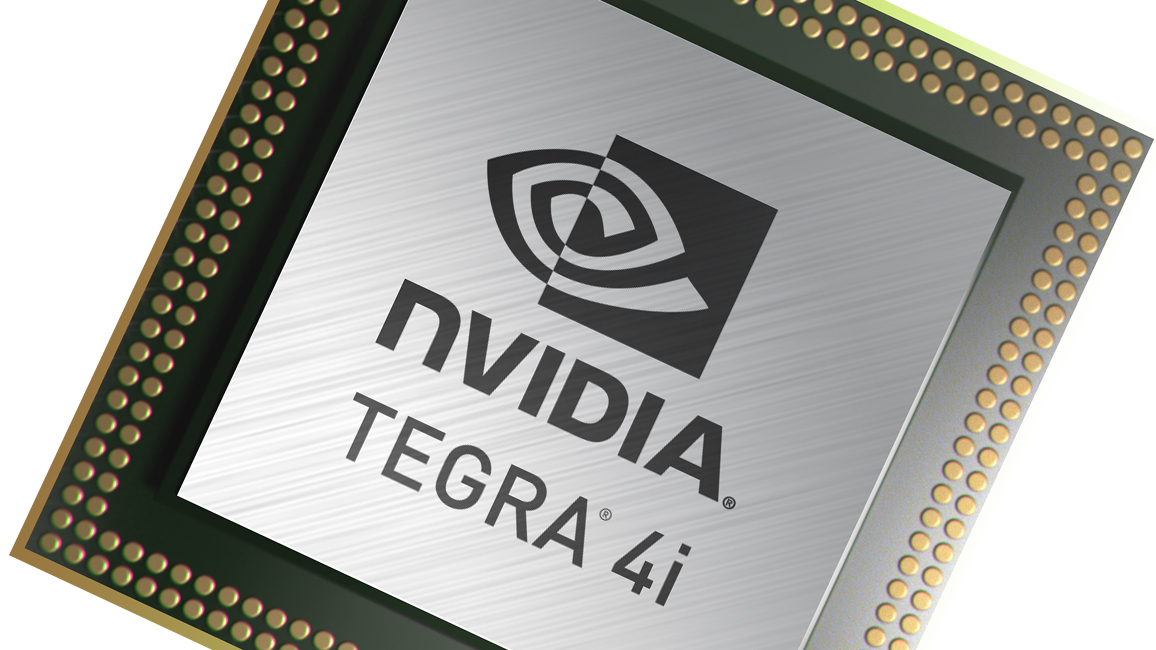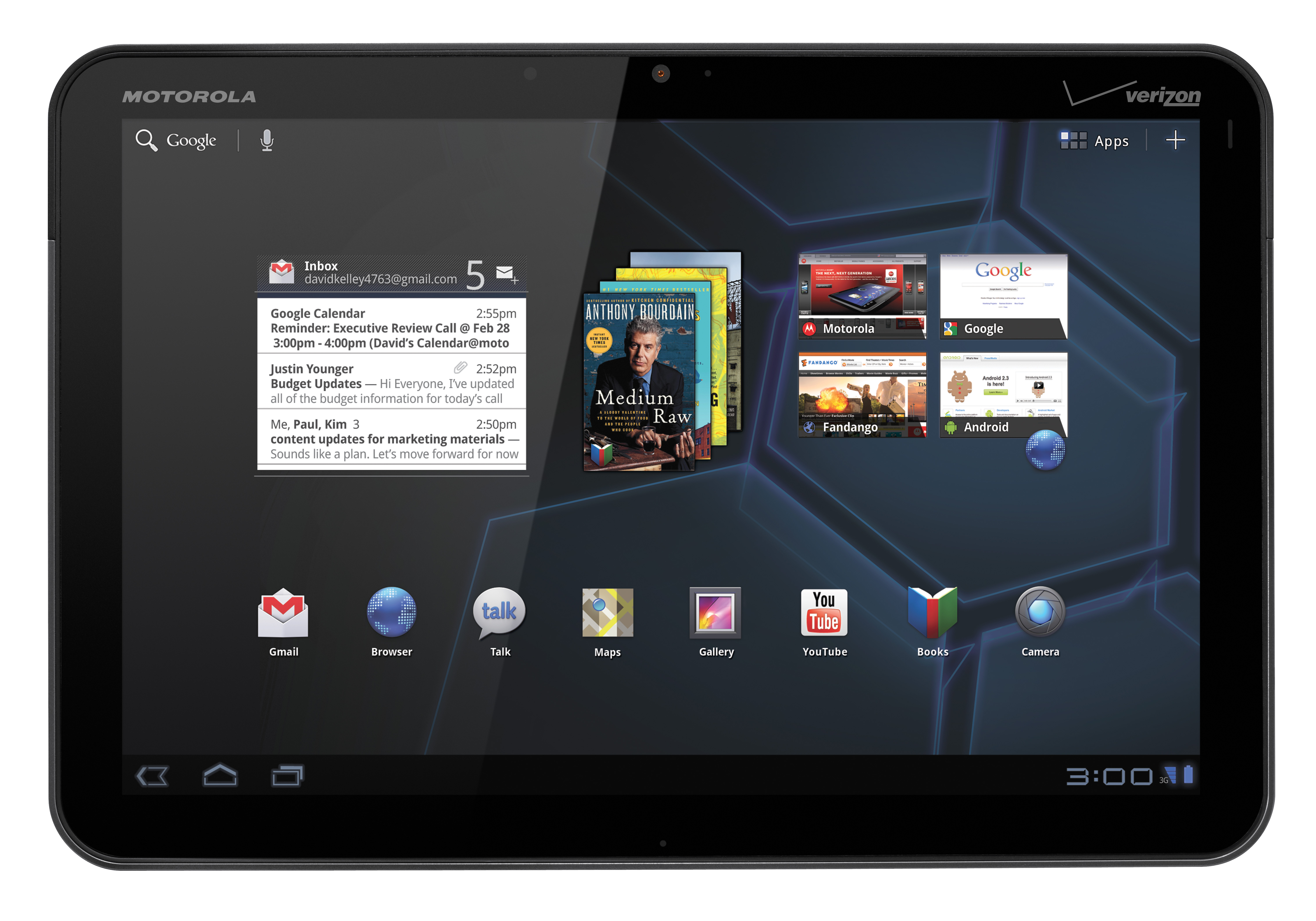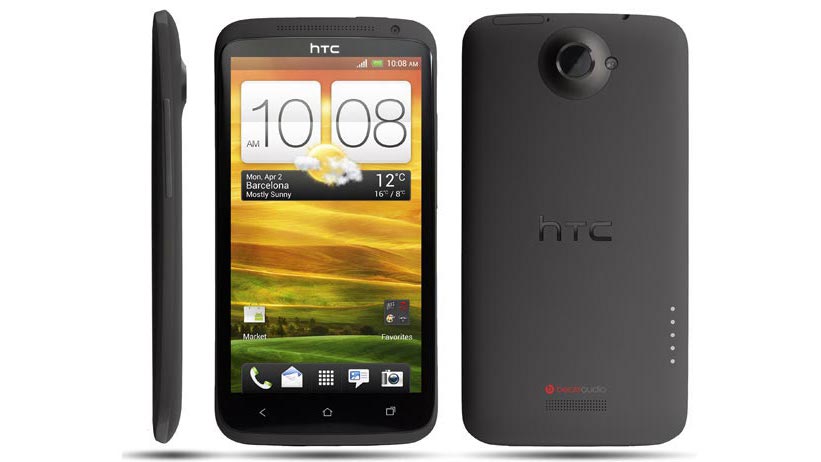Nvidia needs to show it can dominate mobile
Project Shield is just the beginning

Nvidia is likely very happy that it's done all that's physically possible to corner the market when it comes to GPUs on desktop PC platforms, as well as being Apple's favoured choice (for the moment anyway) and keeping AMD's Radeon series as the perceived underdog.
Having been ever-present since the dawn of 3D accelerators and its fundamental impact in pushing graphical processing power forward, there isn't a PC gamer around who isn't familiar with cards based on Nvidia's graphical powerhouses.
More recently, Nvidia also proved that its GPUs aren't just for gaming by being chosen as the upgrade route for Cray's Jaguar supercomputer. Titan is now loaded with 18,688 of the Kepler-based K20 processors, making it 10 times faster and five times more efficient than the previous CPU-only setup.
For Nvidia to truly succeed, though, it has had to show it's up there with other big players in the mobile market, since this is the sector that is set to dominate and dictate their success going forward.
In a recent earnings call, Nvidia revealed that Tegra-based smartphones and tablets - which include recent Windows RT models such as the Microsoft Surface RT, as well as Android offerings such as the Asus-built Nexus 7 - have driven a rise in its mobile revenue of 50 per cent year-on-year to around $540 million.
Tegra's power
There's no denying that the Tegra platform has had a huge impact on Nvidia's mobile presence, ever since the second iteration of the System on a Chip. The first Tegra designs were first used in D.O.A. products such as the Microsoft Kin and Zune HD media player but went in hard to focus on supporting Android devices with its second gen products.
This was a shrewd move from Nvidia at a time when Android was just starting to mature and some better devices were coming to market such as the Motorola Xoom and Motorola Atrix. Various other smartphones and tablets from LG, Samsung and Asus were jumping on the dual-core bandwagon with them.
Get daily insight, inspiration and deals in your inbox
Sign up for breaking news, reviews, opinion, top tech deals, and more.
These phones - and Nvidia's continued support for developers to optimise apps for the Tegra platform - have led Nvidia to its current market position.

There's already been much coverage of Project Shield, including new teaser videos from Nvidia that keep popping up every week. It seems 'hardcore' gamers are getting rather excited about the prospect of a proper gaming handheld with the physical interaction many still favour over touchscreens.
Alongside its own handheld gaming aspirations, the Tegra 4 will be used to power some of this year's most powerful portable devices, largely for its prowess in gaming performance. Having shown off some incredibly impressive demos at CES 2013, it's clear that the 72-core GPU is going to finally enable mobile gaming to deliver the same quality experience you'd see on a full-fat console.
There are other processors out there that aren't far behind, or even contend alongside the Tegra 4, such as Samsung's new Exynos 8-core chip and Qualcomm's new 800 series, but neither of these (yet) have the platform to complement them.
TegraZone has done a great job of attracting developers to work with it to build games that are optimised really well to take advantage of the power that Tegra has to offer them.
Games across Tegra devices play excellently, and in our experience there's less of the storm that surrounds various titles on Google Play and otherwise excellent mobile devices that for one reason or another are overlooked when it comes to testing their compatibility with various games.

One thing that led some manufacturers to leave Nvidia behind last year was 4G LTE compatibility, which has been well covered for the fourth iteration of the Tegra design, with compatibility for LTE in all key markets with its built-in i500 Soft Modem.
This will mean they will not only have one of the most powerful processors out there, but companies such as HTC won't be forced to design two models of the same phone as we saw with the HTC One X series, where Europeans without LTE had the quad-core Tegra 3 variant, while Americans had a dual-core Qualcomm-equipped model purely to ensure compatibility with the more widespread LTE networks in the US.
Tegra 4i - for the low end
As well as Tegra, Nvidia has the less powerful 4i chipset up its sleeve to power lower end smartphones and tablets. This chipset features both 3G and 4G technologies and is based around the A9 capabilities of the Tegra 3 platform. It's still a really powerful chip that reportedly consumes less power, making it a suitable fit for cheaper smartphones.
Nvidia certainly seems to be getting its fingers into all the right pies. Continued Android support with the backing of some fantastic developers, as well as inclusion in Microsoft's Surface RT, means it'll likely be a part of any forthcoming mobile plans MS has going forward, as well as its own intriguing product in Project Shield.
Qualcomm and others building mobile SOCs will likely be taking more than a little notice of Nvidia's growing success in mobile. After all, it isn't just about desktop or console GPUs any more.